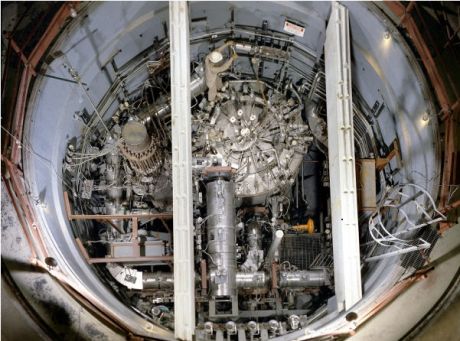Modern nuclear power plants require digital instrumentation and control (I&C) systems that can reliably monitor all operational aspects and dynamically make adjustments to ensure safety. Software in such systems require an assessment approach to ensure that they are as fault-free as possible. Moreover, differences in licensing approaches adopted in each country hinder the establishment of best practices.
In the context of the EU-funded project
HARMONICS (Harmonised assessment of reliability of modern nuclear I&C software), five European countries collaborated with China to provide support to the nuclear power industry in evaluating software of safety-critical systems.
HARMONICS researchers built on the results of two previous research projects, namely CEMSIS (Cost effective modernisation of systems important to safety) and BE-SECBS (Benchmark exercise on safety evaluation of computer based systems). In addition, the end-users' needs and experiences in China and the EU were reviewed.
Before the end of the project, the researchers proposed a framework for software verification integrating rule-based, goal-based and risk-informed approaches. The goal-based approach requires a complete and coherent initial set of goals. The rule-based approach alone is insufficient as it cannot by itself demonstrate that a system is safe enough for a given application.
The applicability and acceptability of each approach were tested in a series of case studies of digital protection systems. The results were used to provide practical guidelines for integrating the three approaches to get a consistent process for verifying digital I&C systems. The HARMONICS project also investigated static source code analysis and formal verification.
HARMONICS activities have provided a sound basis for testing digital I&C technologies used in nuclear power plants to ensure efficiency and safety. Licensing of digital I&C systems is expected to become more transparent while harmonisation of I&C systems among European countries and beyond could facilitate sharing of best practices.

